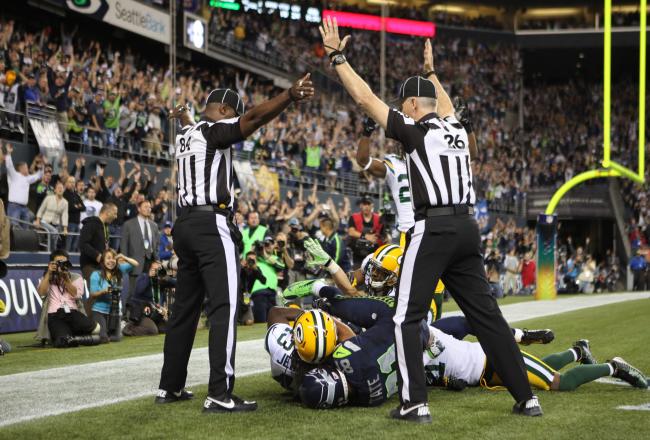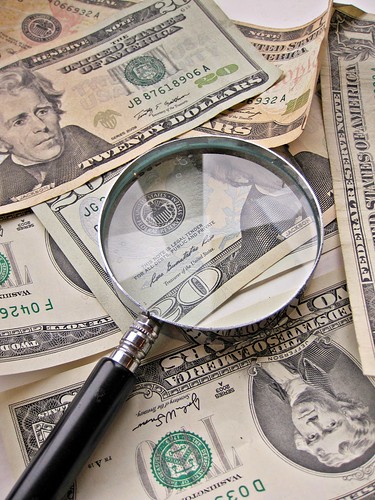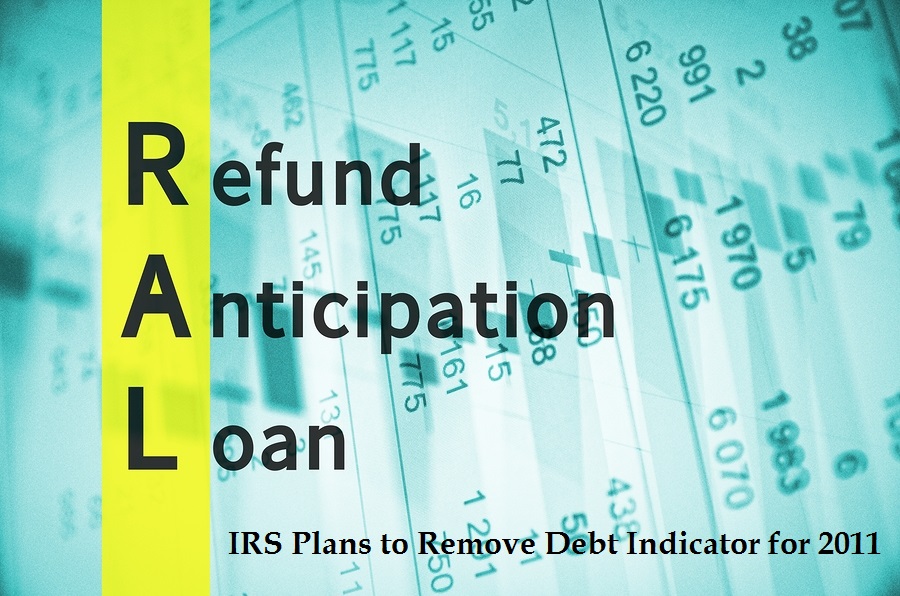Let me start with full disclosure: I am a card carrying member of Cardinal Nation. As I write this I am sitting on the sofa wearing my St. Louis Cardinal’s jersey hoping to type this out before the first pitch of the game. So forgive me if it’s considered blasphemy but, the infield fly rule called against Atlanta during the 2012 Wild Card Play-Off was a bad call. (http://www.nesn.com/2012/10/infield-fly-rule-prompts-criticism-of-umpires-call-for-instant-replay-in-mlb.html) Hopefully we would have still beaten the Atlanta Braves anyway, but we’ll never know.
Another bad call occurred in week 3 of the 2012 NFL season featuring the Green Bay Packers and Seattle Seahawks—a Hail Mary pass was thrown and members of both teams caught the ball while the replacement officials gave conflicting rulings. (http://bleacherreport.com/articles/1346952-packers-vs-seahawks-the-replacement-officials-finally-broke-the-nfl) That was a horrible call.
Sometimes tax preparers make a bad call when they do your taxes. We’re not perfect either. The other day I got a phone call from a woman who needed help. The IRS was going to garnish her paycheck and she needed some help stopping it. After I got the immediate problem taken care of, I asked her some questions about her tax return. After getting enough details, I realized that the woman’s previous preparer had missed a pretty major deduction. I recommended that she amend her return and have it done correctly, it would seriously help with her tax debt. You see, when you make a bad call on your taxes, unlike some of the referee calls in sports, you have a three year period to make it right by amending your return.
The woman asked me what I’d charge to fix her taxes and she was a little shocked by the price. She told me that her other preparer at “Brand X Tax Company” had only charged her half that much so she wouldn’t hire me. Ahem. I used to work for “Brand X”. I know their billing practices and they charge by the form. Had the preparer done all the forms that this woman needed to correctly file her tax return, the price would have been much closer to, if not more than, what I was charging. But besides that, we’re talking about reducing her tax burden by a few thousand dollars. Really I’m not all that expensive. So now who’s making the bad call?
I remember a few years back, an elderly woman came into my office with an IRS letter. It said that she owed about $10,000 and she didn’t know what to do about it. As I looked at the letter and then at her return, I realized that she had a bunch of stock transactions that hadn’t been reported on her tax return. Although the IRS said that she owed $10,000, when I checked things out, she really didn’t owe anything at all, she just needed to have her tax return done correctly.
When I told her the cost, she too was shocked, “But my other lady only charged me $20 to do my taxes,” she said. “But your $20 tax return is going to cost you $10,000,” I replied. She was smart, and now her taxes are done correctly.
Here’s the big hint—if you get a document that says “Important Tax Document”, you probably need to report something from that paper on your tax return. If you give your preparer that piece of paper and she ignores it, that’s a red flag that something’s wrong. Shame on her. If you don’t give that paper to your preparer, then it’s shame on you.
Preparers can make mistakes. (Even me, that’s why I have my staff review my returns just like I review theirs. We’re all human.) If you get an IRS letter, the first thing to do is to contact your tax preparer and give her a chance to fix it. She might not have even made a mistake; sometimes it’s an IRS mistake. They’re human too—(some of them.) But if your preparer can’t or won’t help you when there’s a problem, it’s time to make the right call and move on.







